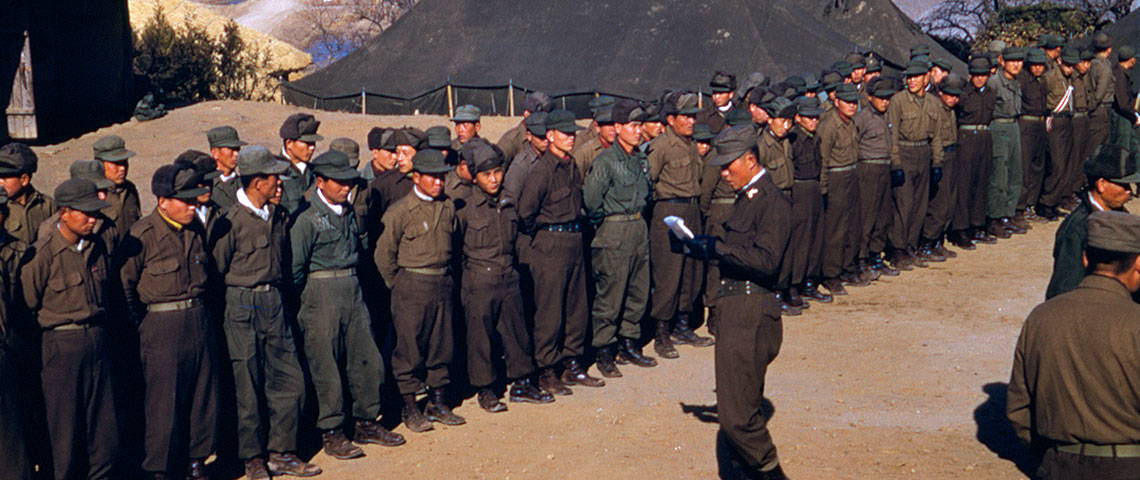

Guerrilla groups also rely on destroying assets critical to the opponent using explosive devices.

Their biggest assets are mobility, surprise, ambush, secrecy, small units, and the knowledge of the terrain. The objective is not to inflict mass casualties in a single attack but to wear out the enemy by depleting their resources. Guerillas avoid direct confrontation with large units of the enemy but instead prefer using smaller and mobile units to attack. A successful guerrilla campaign weakens the enemy through several coordinated attacks, eventually forcing the opponent to withdraw. The strategy magnifies the impact of a mobile, small force on a bigger, cumbersome one. It is irregular warfare that seeks to defeat an enemy and attract the support of local and international attention at the expense of the enemy. Guerrilla warfare is fought between rivals of unequal strength. They launch surprise attacks using light weaponry but keep their battles short to avoid being targeted by the heavier and more sophisticated weapons used by conventional militaries. Guerrillas fight against larger, fortified, but less mobile police or military units. They are familiar with the landscape and the terrain in which they use to their advantage when launching and repelling attacks. Guerrillas fight in their homeland and in most cases they are supported by the local population. Guerrilla combat involves raids, ambushes, and sabotage of vulnerable installation. In most cases, guerrilla warriors (guerrillas) seek to overthrow or rebel against the government, conventional military, or rival insurgents. Guerrilla warfare is a form of combat warfare fought by a civilian population or people not part of the conventional military.


 0 kommentar(er)
0 kommentar(er)
